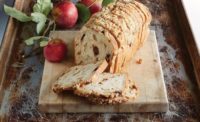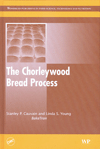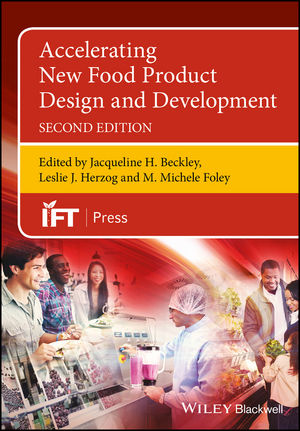Ingredient inspirations for artisan baking R&D

Artisan baking goes hand-in-hand with high-quality ingredients. And as more artisan baking emerges in the market, ancient grains and heirloom wheats can be important differentiators.
Consumers continue to desire more from their food than ever before, which is an exciting challenge for bakers. It’s no longer just about food tasting great—that will always be important. Now people also want their food to appeal to other senses. They want a loaf of bread to be visually attractive, have interesting textures, provide health benefits and tell a story.
Recent company research found that consumers are ascribing deeper meaning and connections to their foods. People are hungry for more of the “who, what, where and why” behind ingredients. Being predictive and ahead of on-trend demands is more critical than ever. Bakers need a reliable supply of on-trend ingredients to fill their ovens with exciting items that fly off of their racks.
Consumers want to hear about the bakers, farmers and unique varietal ingredients, about thoughtful harvesting and flavorful preparation techniques that lend richness, quality and a sense of craft to everyday staples like bread. At Innovative Bakery Resources (IBR), we’ve taken this insight and applied it to our bread development.
For example, we saw how varied colors in baked goods could appeal to consumers. So our partners at The Annex by Ardent Mills worked with farmers in our network to plant colored varietals of barley. Barley is a versatile whole grain with a chewy texture and nutty flavor, and fits into the ancient grain trend which continues to grow in popularity. From this harvest, we developed a beautiful marbled purple barley rye bread that will be on bakery racks this spring.
Adding purple barley flakes brings a unique twist to a marbled rye—the color really come through, and the flakes are easy to work with. We can add them dry to the dough and bypass the soaking stage. The flakes give some identity to the bread, but not so much that they become overly toothsome. The barley flakes are most similar to steel-cut oats, but the grain identity holds up even better in mixing, giving a denser, heartier result.
Consumers also want their bread to have interesting touch and mouthfeel, which led us to develop “crunch breads” using Blackjack barley in crisped form. It’s been fun to test the crisps for enrobing and other applications in bread. The crisped grains have a great flavor and crunchy texture right out of the oven, and they get chewier as they take up moisture. Some recent IBR favorites include our lineup of enrobed baked goods made from sorghum and quinoa crisps, which raise ancient and artisan products to a whole new level of taste, texture and visual appeal.
We are also enjoying our experimentation with White Sonora Wheat. This is an heirloom wheat that was a staple varietal in the U.S. during the 1700s and 1800s, and today is enjoying a rediscovery. White Sonora Wheat is a high-gluten white flour that makes a highly stretchable dough that’s perfect for tortillas and other flatbreads. Its light-yellow color and delicately sweet flavor also makes White Sonora great for inclusion breads stuffed with cheese, dried fruit, herbs and spices.
Looking for a reprint of this article?
From high-res PDFs to custom plaques, order your copy today!








